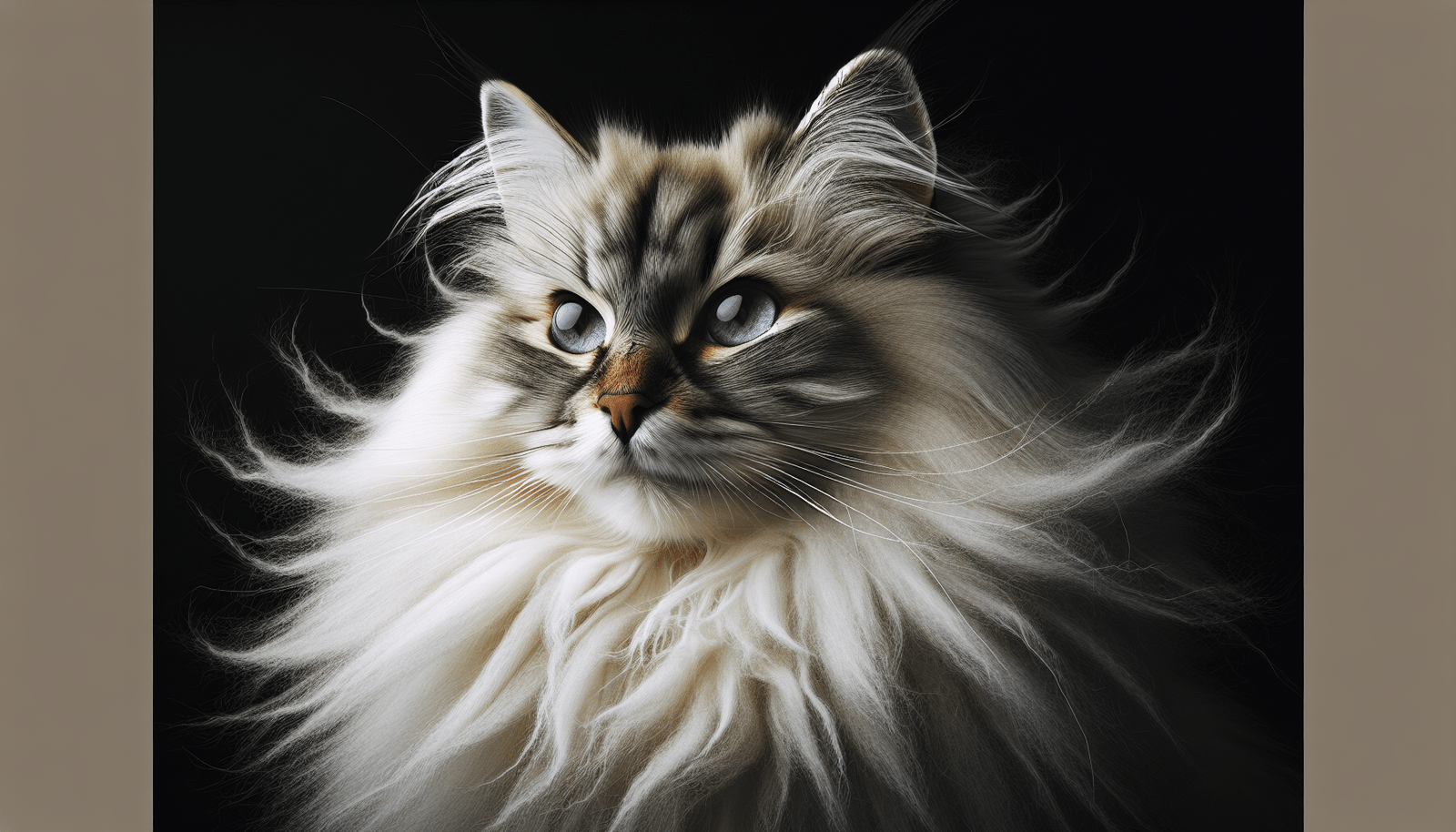Hello there! Have you ever wondered if Himalayan and Persian cats are the same breed? While they may look quite similar with their luxurious fur and charming personalities, there are actually some key differences between the two. Let’s take a closer look at what sets these beautiful feline companions apart from each other. Are Himalayan and Persian Cats the Same?
Understanding the Differences between Himalayan and Persian Cats
When it comes to cat breeds, Himalayan and Persian cats are often confused due to their similar appearances. However, there are distinguishable differences between these two feline breeds that can help you identify which is which. In this article, we will discuss the characteristics, origins, and care needs of both Himalayan and Persian cats to help you better understand these beloved pets.

Physical Characteristics
Himalayan and Persian cats share many physical traits due to their genetic similarities. Both breeds have long, luxurious fur, round faces, and short legs. However, there are some key differences that can help you differentiate between the two.
Himalayan cats have color points on their fur, similar to Siamese cats. This means that their bodies are lighter in color while their faces, ears, paws, and tails are darker. In contrast, Persian cats have a solid coat color and do not have color points. Additionally, Himalayan cats have blue almond-shaped eyes, while Persian cats have large round eyes.
Coat Length and Texture
One of the most noticeable differences between Himalayan and Persian cats is their coat length and texture. While both breeds have long, fluffy fur, Himalayan cats have a thicker coat that requires more maintenance. Their fur is soft and silky, with a wool-like undercoat that can mat if not groomed regularly.
On the other hand, Persian cats have a more cotton-like texture to their fur, which is finer and less prone to matting. However, their long fur still requires regular grooming to prevent tangles and mats from forming. Both breeds benefit from daily brushing to keep their coats healthy and shiny.
Origins of Himalayan and Persian Cats
Himalayan cats are a hybrid breed that originated from the crossing of Persian and Siamese cats. The goal was to combine the Persian cat’s luxurious coat with the Siamese cat’s striking color points. The result was a beautiful cat with a docile temperament and striking appearance that quickly gained popularity among cat lovers.
Persian cats, on the other hand, have a long and storied history that dates back to ancient Persia (modern-day Iran). These regal cats were favored by royalty and were known for their luxurious coats and calm demeanor. Over the years, Persian cats have been bred to emphasize their distinctive features, including their round faces and large eyes.
Personality Traits
While Himalayan and Persian cats share some personality traits, there are differences in their temperaments that can help you distinguish between the two breeds. Himalayan cats are known for being affectionate, gentle, and social cats that enjoy spending time with their human companions. They are playful and intelligent, making them great companions for families and individuals alike.
Persian cats, on the other hand, are known for their laid-back and calm demeanor. They are less active and more independent than Himalayan cats, preferring to lounge around and nap in sunny spots. Persian cats are affectionate and enjoy cuddling with their owners, but they may not be as playful or energetic as Himalayan cats.

Health and Care Needs
Both Himalayan and Persian cats require regular grooming to keep their long coats healthy and free of mats. Brushing their fur daily helps prevent tangles and removes loose hair, reducing the risk of hairballs. In addition, both breeds are prone to certain health issues due to their flat faces and long fur.
Himalayan cats are more susceptible to respiratory problems due to their flat faces and may have difficulty breathing, especially in hot and humid weather. It is essential to keep them in a cool and well-ventilated environment to prevent overheating. Additionally, Himalayan cats may develop eye conditions such as tear duct blockages, which require regular cleaning and monitoring.
Persian cats are prone to dental issues, such as gingivitis and periodontal disease, due to their brachycephalic (flat-faced) nature. Regular dental care, including brushing their teeth and providing dental treats, can help prevent these issues. Persian cats are also prone to polycystic kidney disease (PKD), a genetic condition that can be screened for by responsible breeders before adoption.
Final Thoughts
In conclusion, while Himalayan and Persian cats share some physical characteristics, they have distinct differences in terms of coat length, texture, personality, and care needs. Understanding these differences can help you appreciate the unique qualities of each breed and choose the cat that best suits your lifestyle and preferences. Whether you prefer the playful and sociable Himalayan or the laid-back and cuddly Persian, both breeds make excellent companions for cat lovers.
